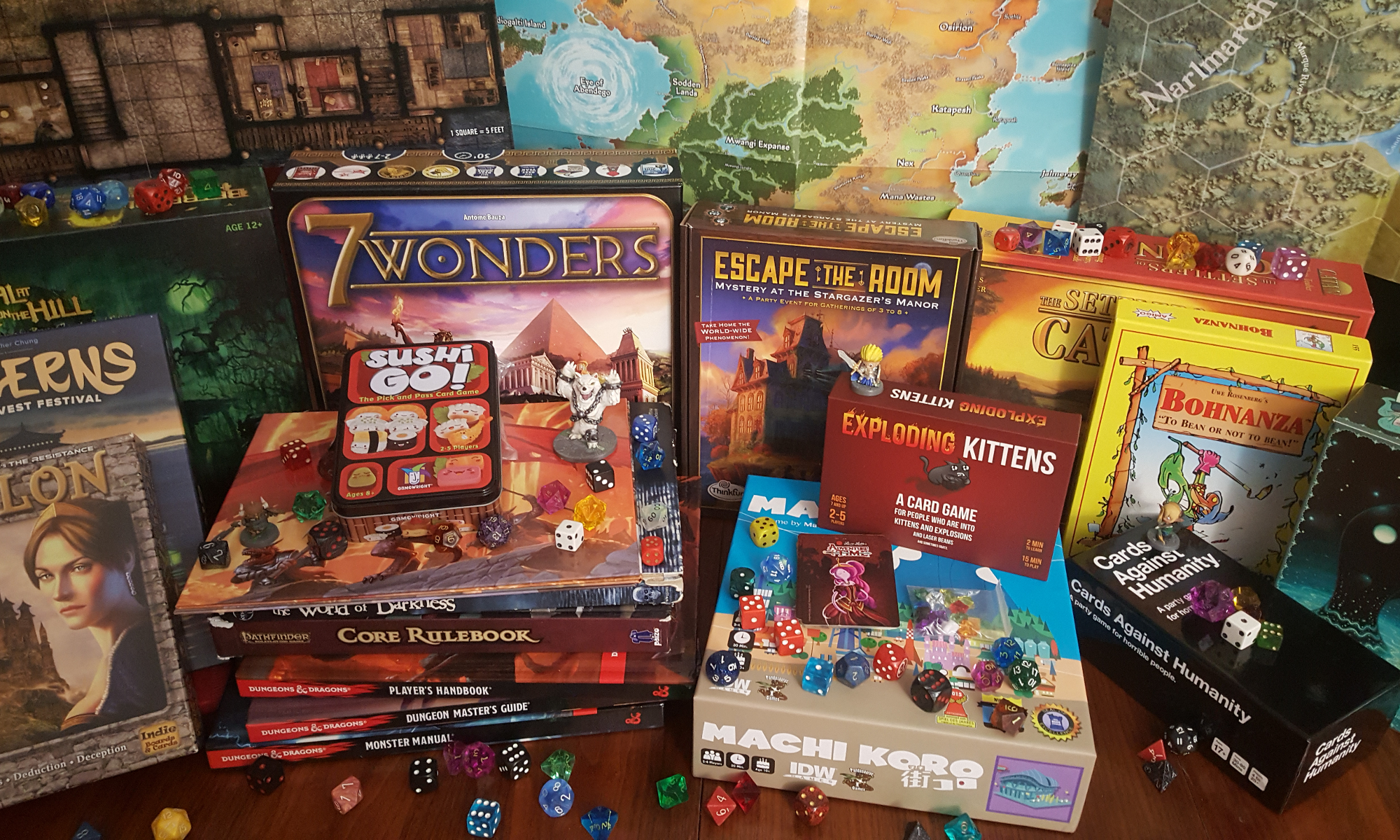Today’s topic is Games That Missed the Mark, wherein we discuss some games that we feel failed to live up to expectations.
When we talk about games that missed the mark, we aren’t talking about bad games necessarily. Nearly every game on our list is a decent game, but it fails to live up to our expectations.
Why does an otherwise decent game feel like it has failed to deliver? There are a number of common pitfalls game designers fall into. In many cases, a few critical design choices can bring an entire game down. Good design is more than just having good ideas and running with them – good games have strong themes, aesthetics and mechanics that all mesh well.
One of the biggest pitfalls to game development is tone, especially where keeping that tone consistent through the different aspects of the game is concerned. While it can be ok to have a juxtaposition of humorous and silly elements along with serious ones, there must be a balance to it. Some games, such as Luchador! Mexican Wrestling Dice, are zany and silly, and have mechanics that are similarly lighthearted. If Luchadore! had mechanics for something serious like bleeding out, or if the game required serious math to play, the lightheartedness would be spoiled by the serious elements. Conversely, 7 Wonders is a serious game of building an empire throughout the ages. If there was an “Ancient Aliens” card, or if one of the game mechanics involved a tiddlywinks mini game, again, the mood and tone of the game would be spoiled. Meanwhile, the fact that Catan is available as a promotion wonder is silly enough to be amusing, but not so much so that it does not mesh with the tone of the game.
Mechanically, a designer has to consider the meta-game interpretations of their final product. Everyone who has played social deduction games knows that their group will have tells and strategies unique to it – this is the development of a metagame, and while no designer can truly predict the development of the unique metagames different groups will fall into, one very good reason to playtest a design extensively (and with diverse audience) is to ensure that where metagame strategies arise, that the game remains fun despite these patterns. You can hardly play an online game of Ticket To Ride without seeing a dozen listings for games with “NO BLOCKING!” emblazoned in their notes, despite the design of the game explicitly suggesting blocking as a strategy. Many players – especially casual ones – prefer to play the game without the route from Los Angeles to Las Vegas mysteriously disappearing on the 1st turn to player whose major route is Vancouver to New York. Even so, competitive Ticket to Ride players will agree unanimously that such well known metagame strategies aren’t sufficient to render the game unenjoyable, which is something a good designer strives for.
Tabletop games are a multifaceted experience, and a single good mechanic isn’t really enough to carry a game. Mansions of Madness had an intriguing mechanic wherein the player may have to solve a randomly generated puzzle involving sliding, replacing or rotating puzzle pieces. This is one of the most unique game mechanics I have seen, and it was one of the highlights of my few playthroughs of Mansions of Madness, but overall, I don’t think it redeemed the experience for me. Ultimately, the game was a disappointment for me, despite some of the mechanics and aesthetics of the game being very appealing. Your mileage will, of course, vary.
Ultimately, gaming isn’t just about gameplay itself, but about the themes, aesthetics and stories (implicit and explicit) that go hand in hand with that gameplay. Excellent games can have terrible execution, or simply have the wrong narrative elements applied to them. It’s not just the tools you have, but how you use them that makes or breaks a game.

